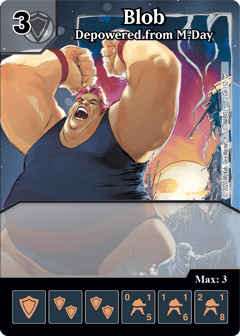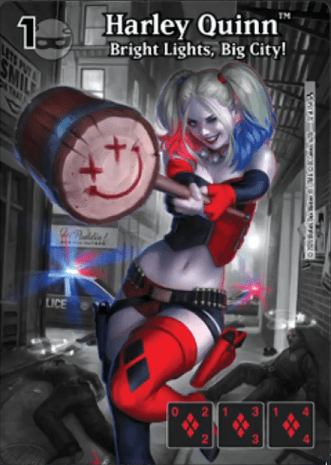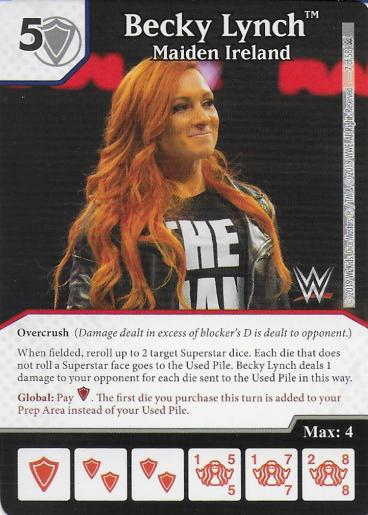
You may have heard us mention “Homash values” on the podcast and wondered what on earth we’re on about. Never fear! Here’s a quick rundown of the history and meaning of those mysterious numbers.
Homash values was created by J.T. “Homash” Horsfall, former US and Canadian Nats champion, and former co-host of the The Attack Zone podcast (check out Rollin’ Thunder’s interview with him). He came up with a formula which would quickly give you a rough indication of how much of a return on investment you’re getting when you purchase a die.
In order to calculate the Homash value, you add up the attack and defence stats for all 3 levels and divide that number by 3 to get the average. Then, you divide that average by the purchase cost + the average fielding cost:

Nick Wahle, aka JackalopeSpam, has come up with a version that’s a little bit easier to calculate:

Since Homash values are based purely on stats, calculating the value makes most sense for cards that don’t have any abilities. But that doesn’t mean it can’t still be useful and/or fun to calculate the value for cards with abilities, as we’ll see later.
So what sort of Homash value is good? Generally, anything approaching 2 is reasonable value and anything over 2 is good value. There’s a little more to it, though: the formula works best for dice with balanced stats, and can become a little misleading for dice with asymmetrical A and D.
Mix-a-Lot and Orbital Strike Factors
Take, for example, Blob: Depowered from M-Day

Those stats give him a Homash value of 1.83, which is alright, but not great. What if you only really care about his defensive stats? In this case, a small tweak to the formula will give us a truer picture of Blob’s value. If you take twice his total D instead of his total A + total D and calculate from there, you get what Rob Pettafor (of Breath Weapon X) and I have dubbed his Mix-a-Lot Factor; a whopping 3.17 for Blob. So for something that requires a big butt, Blob would be an excellent choice.
Conversely, if you look at Rocket Raccoon: Big Flarkin’ Gun

You get a fairly disappointing Homash value of 1.57, but Rocket is obviously not here to be defensive. If you take double his total A instead of his total A + D, you get what Rob and I call his Orbital Strike Factor; Rocket gets a very respectable 2.28. Great for aggressive strategies and for using as Orbital Strike fodder. So with these kinds of cards, the value depends a lot on your plans and strategy.
The King and Queen of Homash
A shining example of a card with a great Homash value has always been Morphing Jar: Canopic Jar

With a Homash value of 3.5 and an Orbital Strike factor of 4, this offers spectacular value for your energy. However, the king has been dethroned by the introduction of Harley Quinn: Bright Lights, Big City!

Harley has an even better Homash value of 3.6, but because she has equal A and D, she has a lower Orbital Strike Factor than Morphing Jar. In addition, Harley is a Max. 3 while Morphing Jar is a Max. 4, so there are definitely situations where you’d choose Morphing Jar over Harley. Always remember that the Homash value is just a rough indication of a die’s value for energy; abilities will often have a far greater impact on a die’s value.
…and Becky
In closing, let’s have a look at two cards that do have an ability, to illustrate just how ridiculous they really are. First up, Becky Lynch: Straight Fire

Even without her abilities, she’d be a worthwhile investment with a Homash value of 2.5, but then she also has Overcrush and a very useful Global, giving her amazing value.
Likewise, Becky Lynch: Maiden Ireland

Her higher purchase cost knocks her Homash value down to 2.11, but that is still very good. Add several great abilities and you’ve basically created a monster.
Well, there you go. Hopefully this has cleared up any questions you may have had about Homash values. Now go and calculate the Homash value of your favourite card and see if it’s just the abilities that make it great!